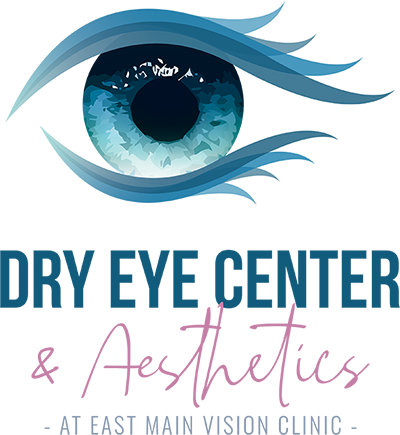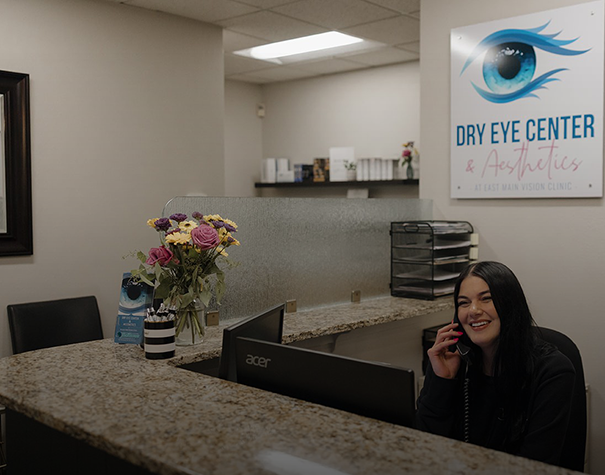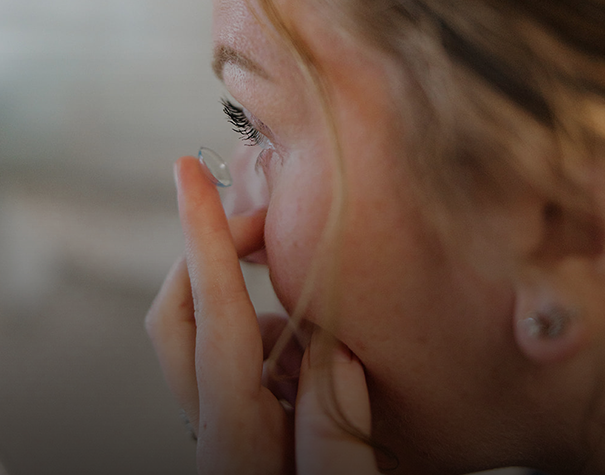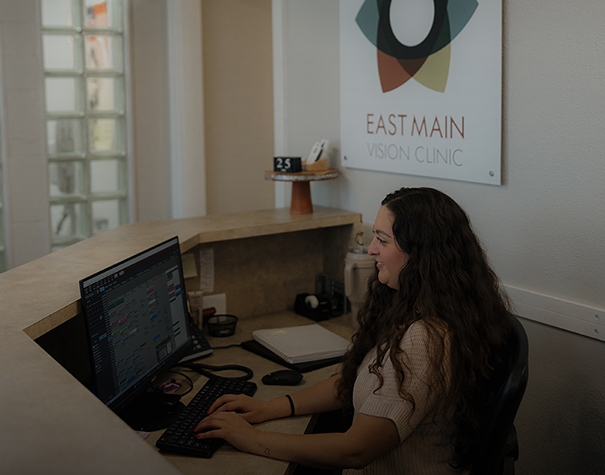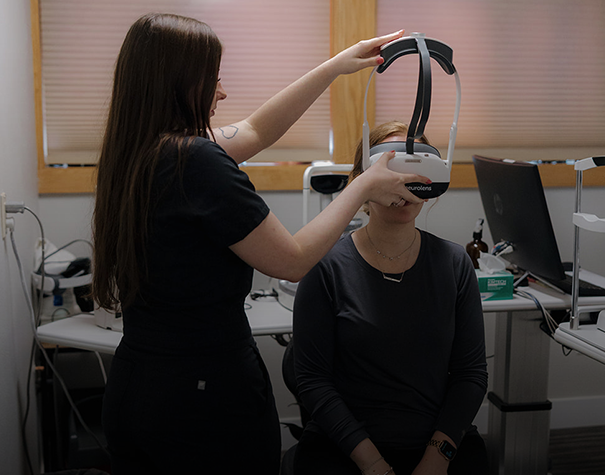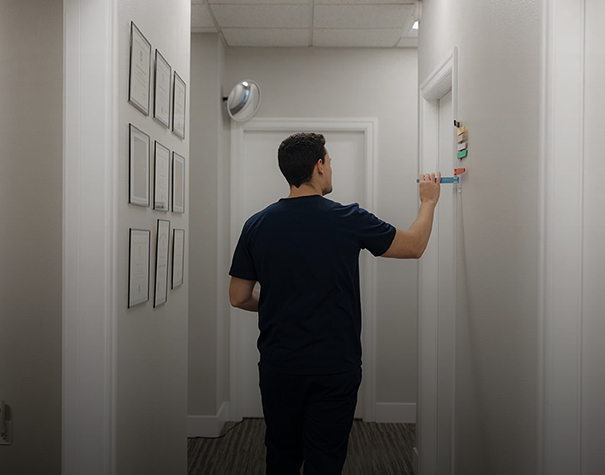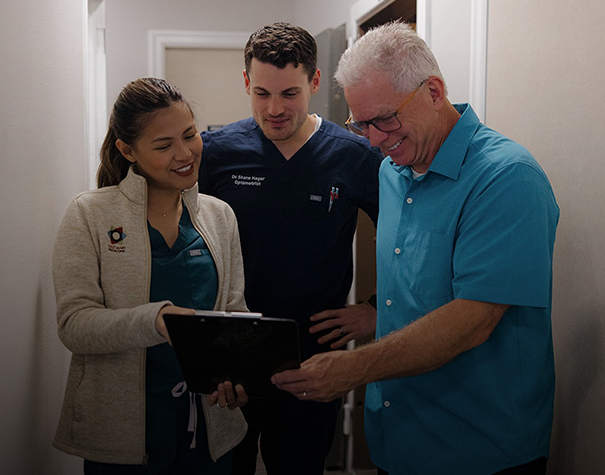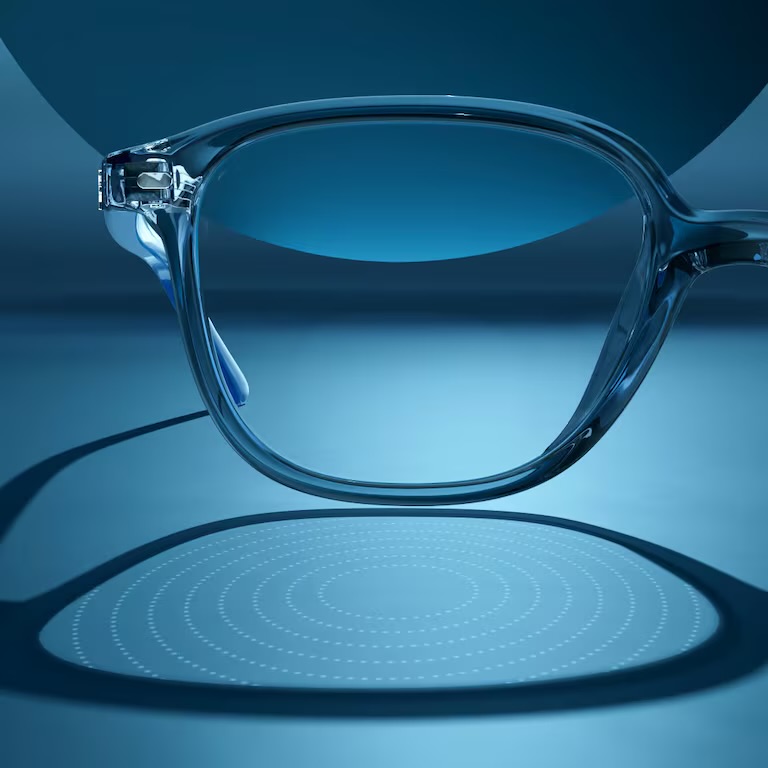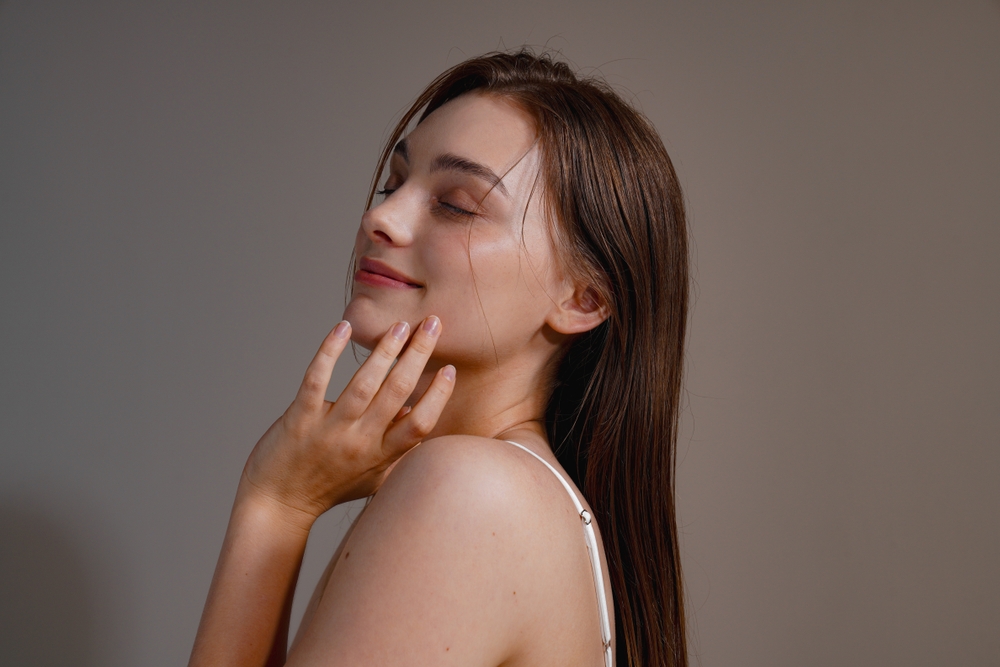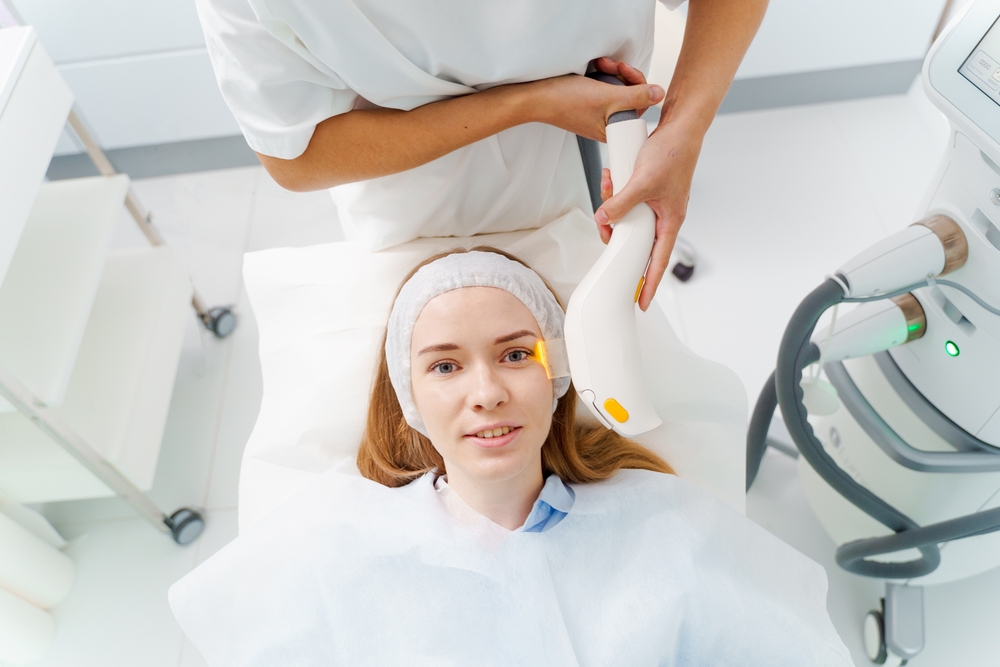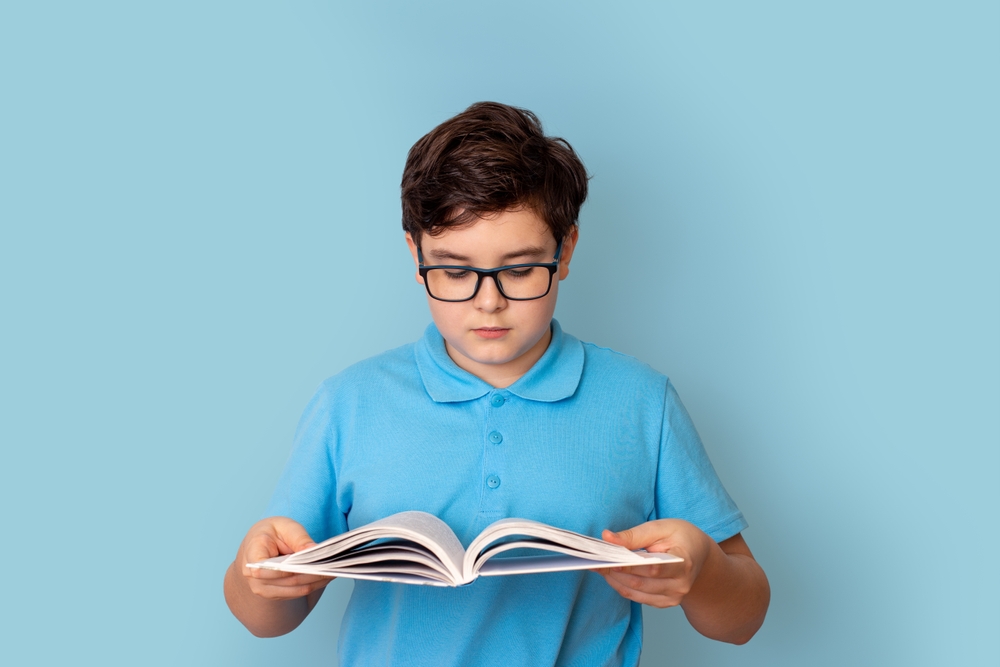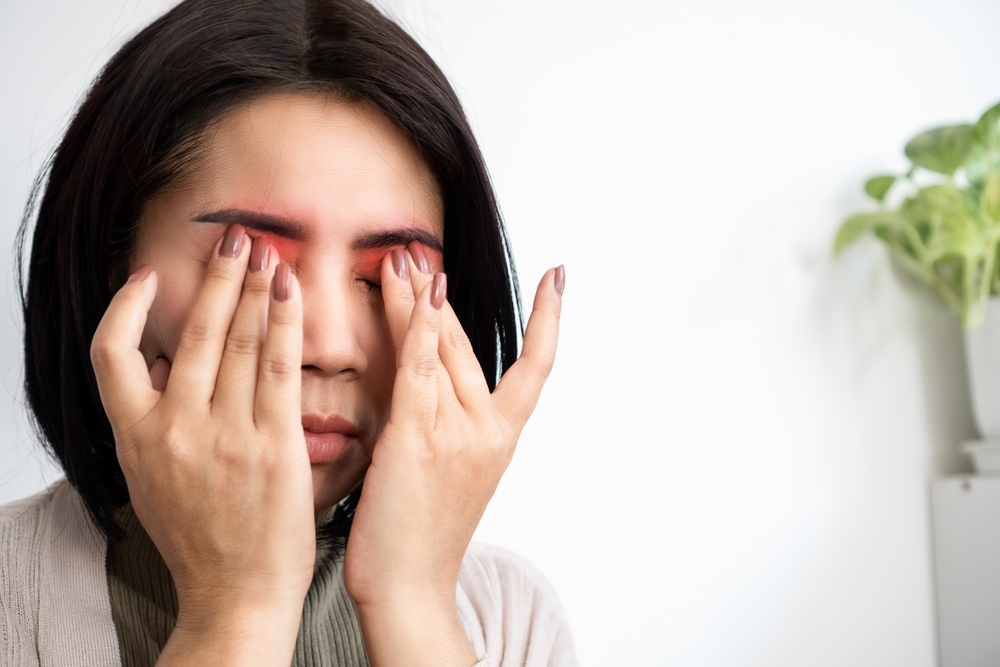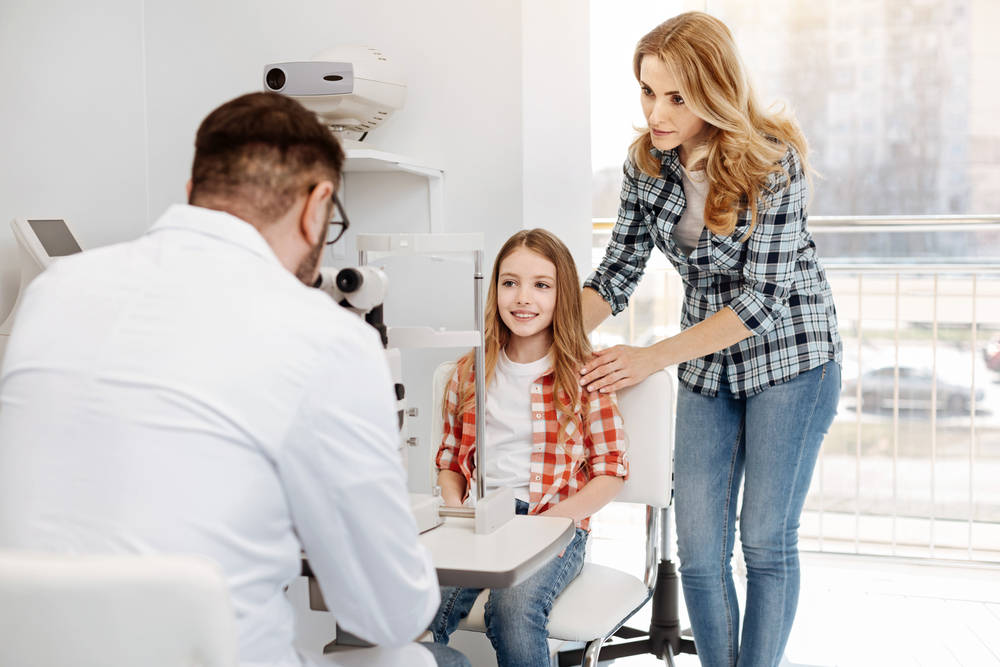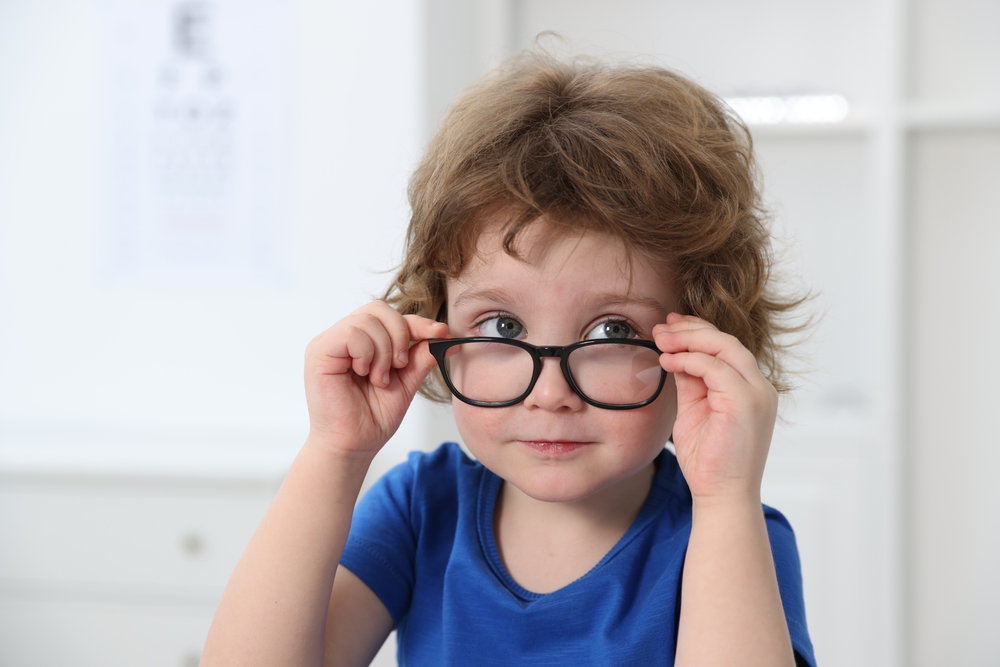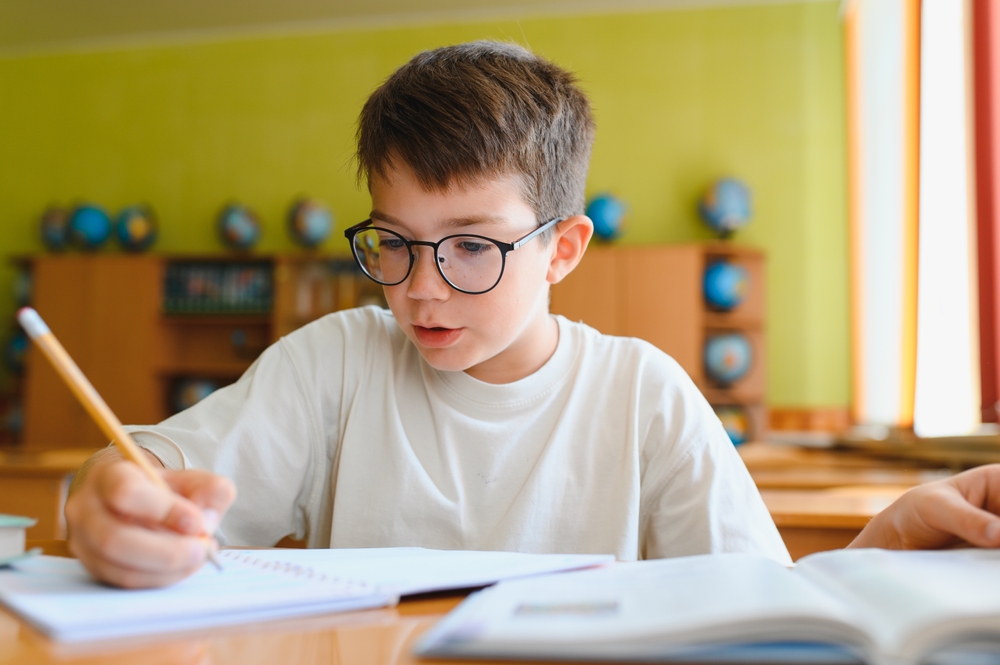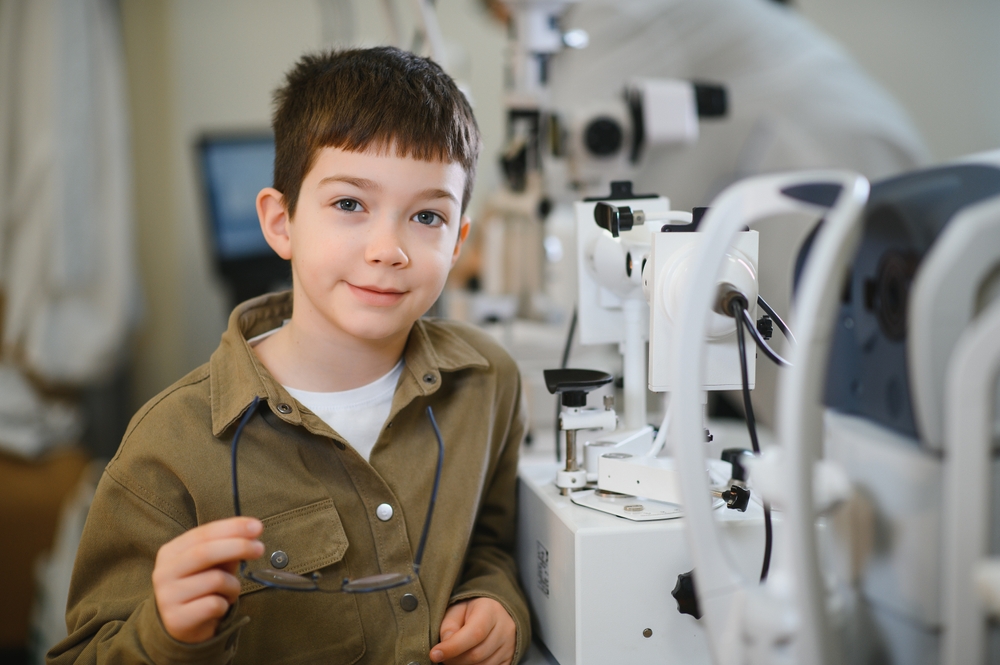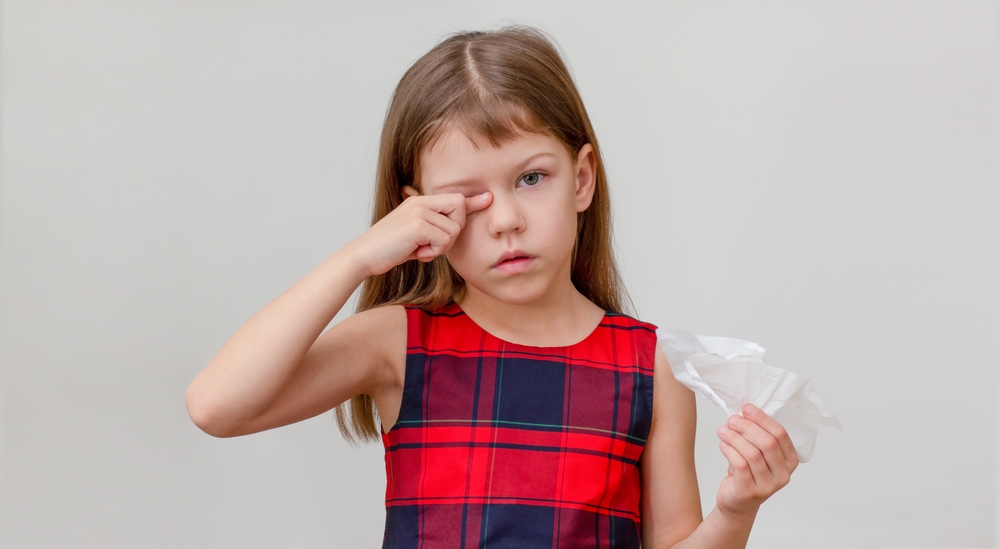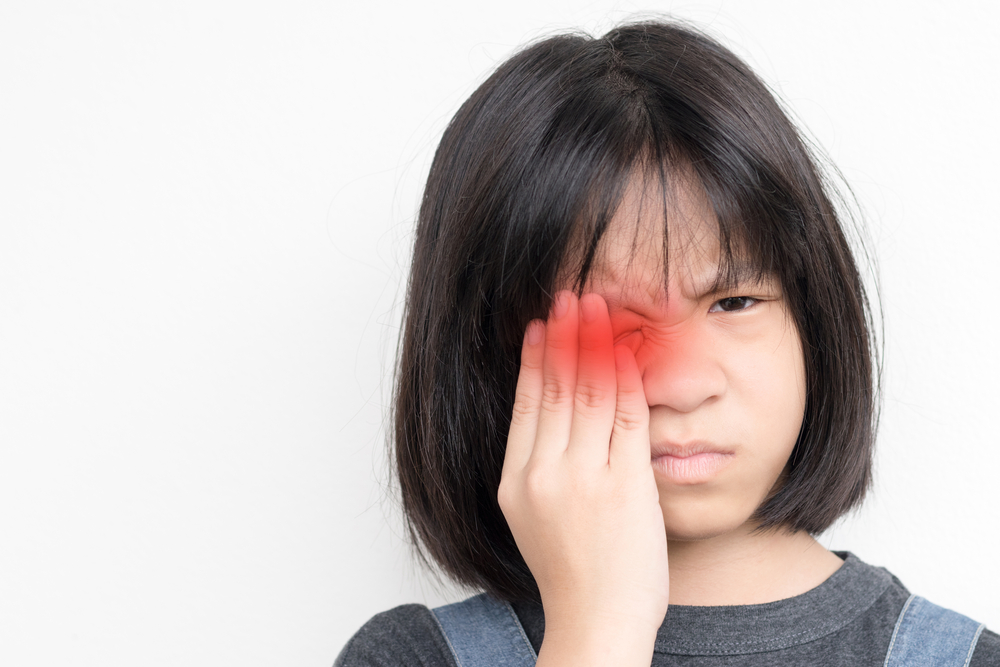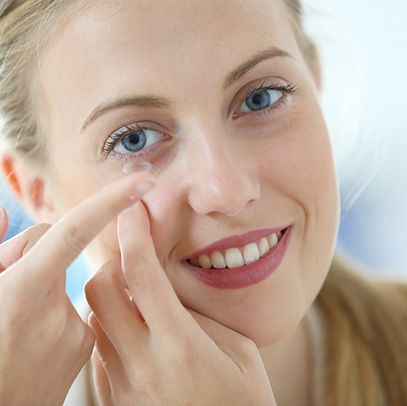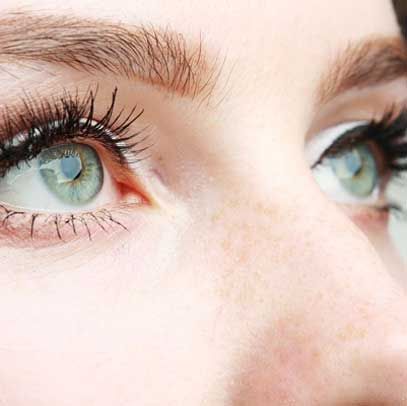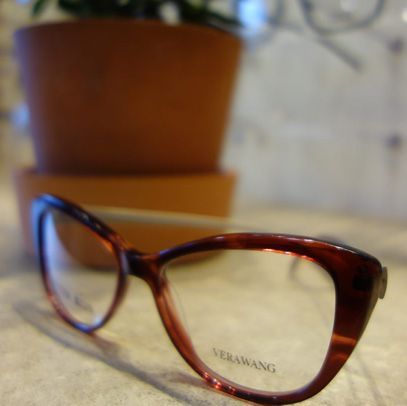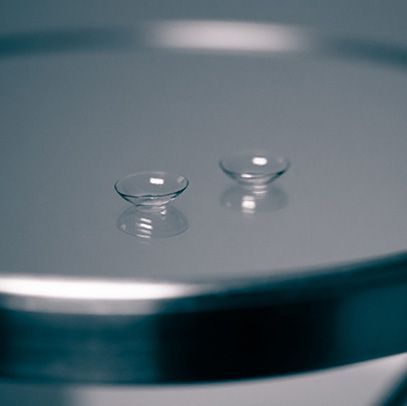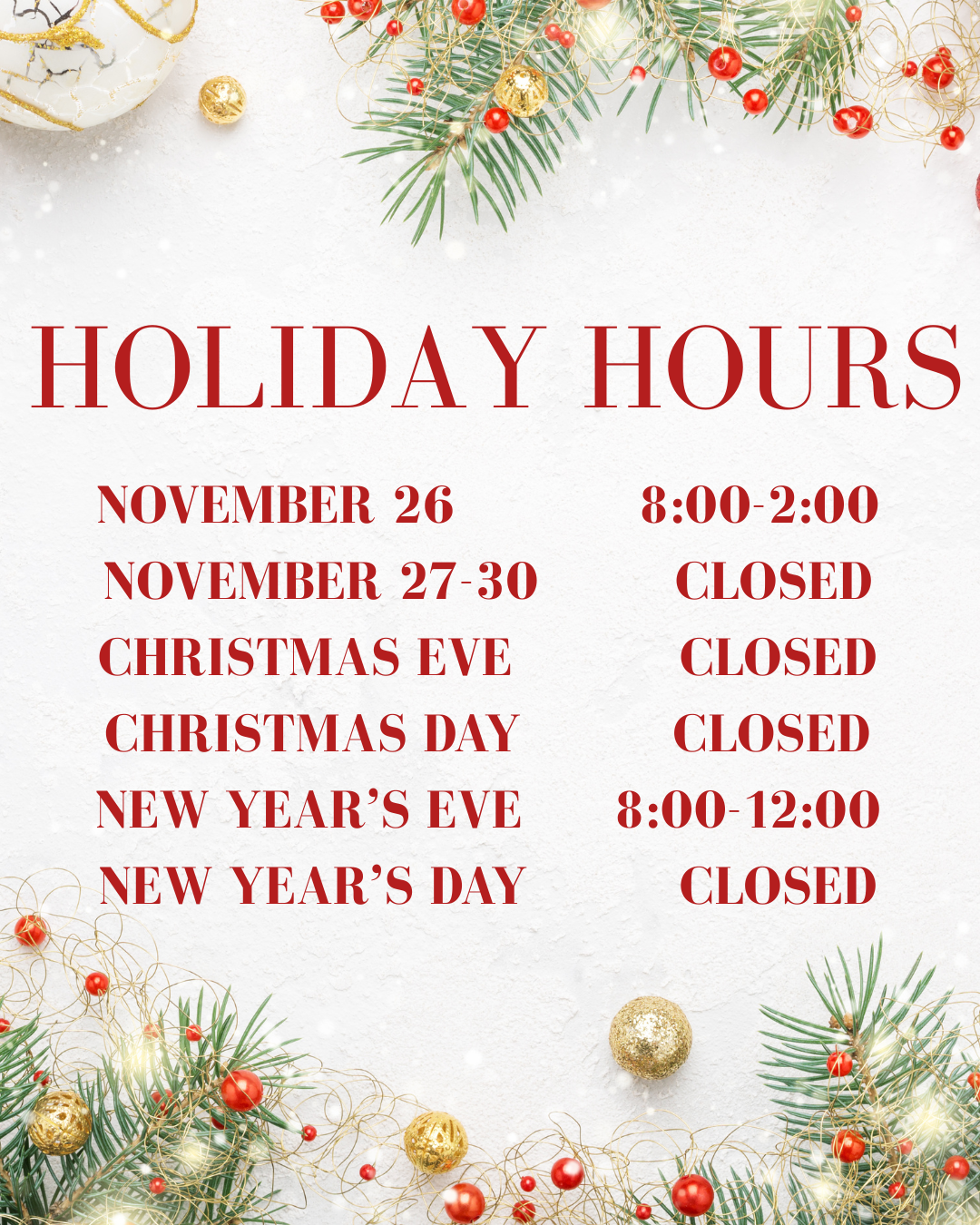We are a neighborhood practice of spirited individuals driven to earn your lifelong trust by providing personalized eye care using the latest technology. East Main Vision Clinic exists to create experiences where service and fun come together.
Read More
Meet The Doctors
Who We Are

Patient Care Coordinators
Katie, Marilyn, Angie

Opticians
Vanessa, Savannah, Amy

Estheticians
Kellie & Erin

Clinic Technicians
Kailee. Chloe, Kirsten, Tiffany, Ciara, Keyaira (not pictured)

Dry Eye Team
Jaycee, Kellie, Dani, Katiee, Erin

Behind the Brand
Vanessa, Anna, Muriel, Kellie, Corina
Eye Knew It!
Written by East Main Vision Clinic team members
especially for you, our valued patients!
Reviews
Contact Us
For non-urgent appointments, please call or send us a message, and we will be happy to help you select a customized appointment time.
Call us at 253-444-2800 if you are experiencing an eye emergency.

